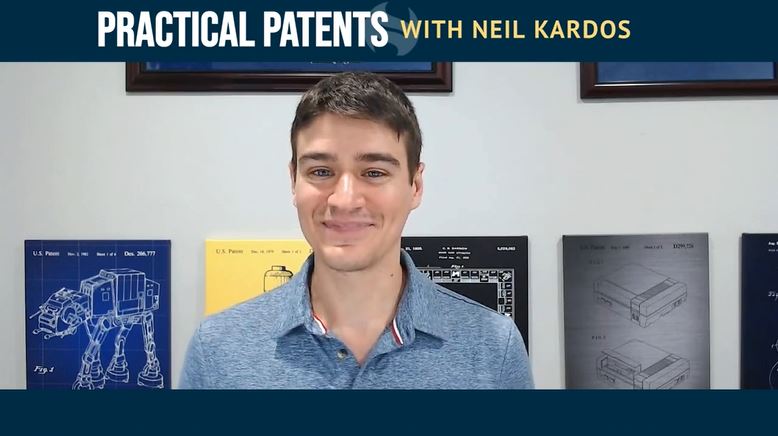Handling Different Types of Invention Disclosure Forms (IDFs): A Practical Guide with Neil Kardos
Greetings, fellow patent enthusiasts! We’re back this week with Neil Kardos as he shares invaluable insights into handling different types of IDFs in preparation for inventor interviews.
Understanding the “Good IDF”
According to Neil, IDFs commonly fall into three categories: the “good IDF,” the “sparse IDF,” and the “huge IDF.” In this particular discussion, he zeroes in on the “good IDF,” which many practitioners would consider the dream scenario.
With a “good IDF”, you find that the materials clearly elucidate the workings of the invention. You read through them, and you have a lucid grasp of the concept. There might be minor details that elude you, but for the most part, you understand it.
But here lies the pitfall.
The Trap of the “Good IDF”
If you’re operating in a fixed-fee world, it may be tempting to expedite the inventor interview. Neil narrates a familiar sentiment: “Thank you so much inventor. The materials you shared are fantastic, and I understand your invention. I just have two quick questions, and then we can both be on our way.”
This approach, Neil warns, is a grave mistake for two reasons:
- The Human Connection: You might perceive yourself to be in the patent business, but, as Neil underscores, you’re really in the people business. This interview might be the inventor’s only chance to thoroughly articulate their invention to someone. Rushing through the process might lead the inventor to think that you’re not giving their project the attention it deserves.
- Missing Out on Insights: Without delving into the invention, you may overlook misunderstandings or additional features the inventor wants to emphasize. Moreover, rushing the interview may rob you of the opportunity to brainstorm on the call, possibly missing key aspects that could enhance the patent’s value.
Conclusion: Embrace the Process
Neil’s parting wisdom is this: don’t succumb to the allure of the “good IDF” by thinking that you can bypass the inventor interview. You might save some time, but the loss in understanding and human connection will cost you in the long run.
His advice is not merely about patent law but transcends into the realm of human relations and communication. Thanks for watching, and we hope this guidance from Neil helps those venturing into the complex and nuanced world of IDFs. Don’t forget to come back for more tips in the next installment of the Practical Patents Series. Until next time, happy patenting!
Note: This blog post is based on the opinions and observations of the author and should not be considered legal advice. Consult a qualified patent attorney for specific guidance on patent application drafting.
Want more tips? Check out other Practical Patents videos with Neil Kardos here!

